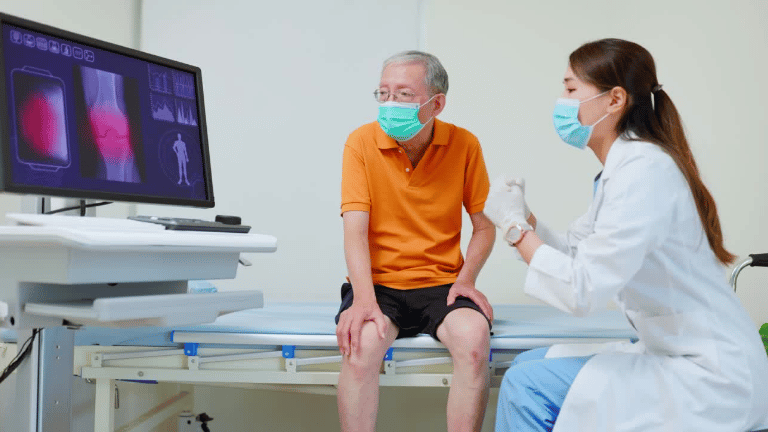XYZ 3-Axis Sensor
An XYZ 3-Axis Sensor measures force or motion along three perpendicular axes—X, Y, and Z. It is designed to provide comprehensive spatial data by capturing movements and pressure profile in two-dimensional area.
This sensor offers reliable performance for tasks requiring simultaneous tracking of forces or movements across multiple directions. Its compact design ensures ease of integration into various systems.

Comprehensive 3D Force and Motion Sensing
The XYZ 3-Axis Sensor captures force and motion data across three perpendicular axes for precise spatial tracking.
How XYZ 3-Axis Sensor Works
The XYZ 3-Axis Sensor is designed to measure forces or motion along three independent axes—X, Y, and Z. Each axis detects force magnitude or directional movement in its respective plane. By capturing data in three dimensions simultaneously, the sensor provides comprehensive feedback for spatial changes and orientation tracking.
Key Features
- 3-Axis Detection: Measures force or motion in X, Y, and Z directions simultaneously.
- High Sensitivity: Detects small changes in force or movement with accuracy.
- Compact Design: Easily integrates into systems requiring spatial sensing without adding bulk.
- Real-Time Feedback: Provides immediate data for dynamic tracking and response.
Applications
XYZ 3-Axis Sensors are well-suited for systems requiring detailed motion and spatial feedback, such as:
- Motion Tracking: Capturing movement across three-dimensional space.
- Orientation Detection: Monitoring tilt, angle, or spatial position.
- Force Measurement: Detecting forces applied in multiple directions simultaneously.

Latest Insights
Collaboration Begins Here.




